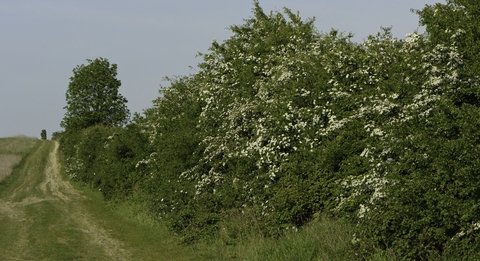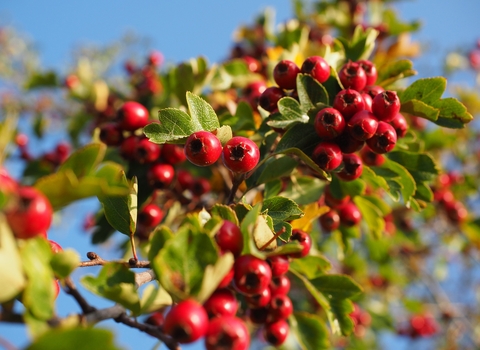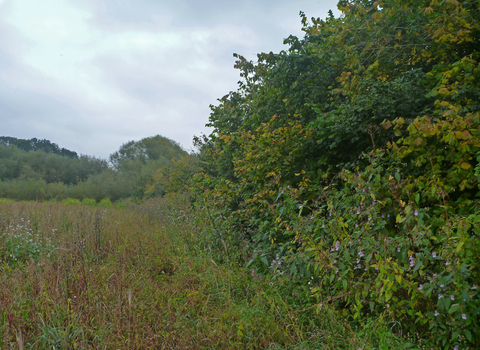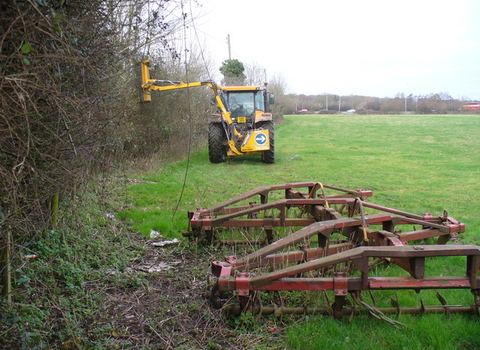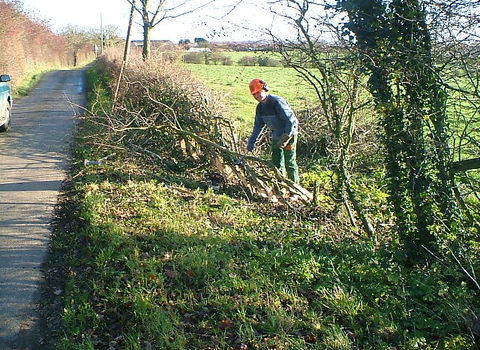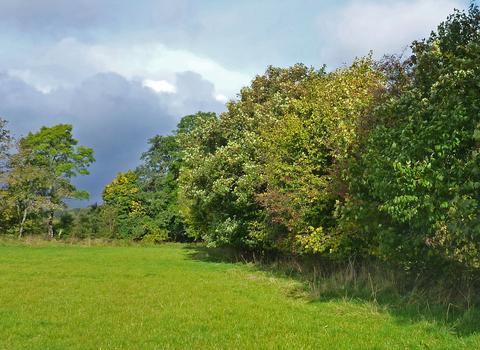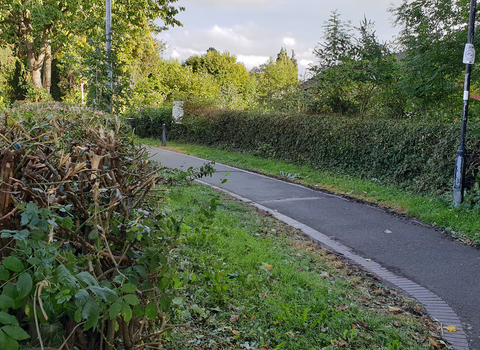Are you mad about hares? Dotty about dormice? Have a passion for Hedgehogs? Or could you simply yodel for Yellowhammers?!
All these animals and many more need hedgerows. They use them as highways, they raise their families in them and they need them for food and yet, this humble habitat has become under-valued and unappreciated.







